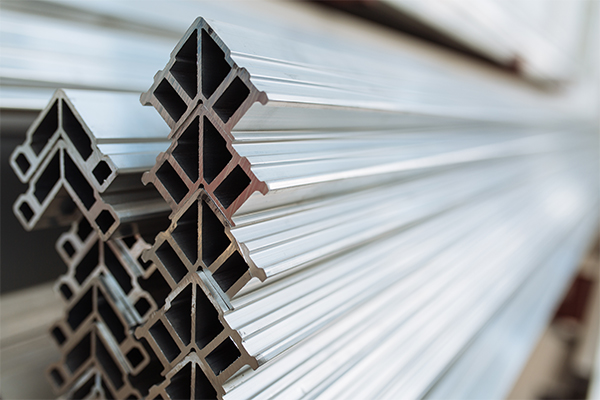On February 24, 2022, Russia launched a full-scale military invasion of Ukraine, further escalating the war that first started back in 2014. Forces entered the country from Belarus, Russia, and Crimea in what is considered the biggest, fiercest, and most destructive unprovoked attack on a European country since World War II.
A significant shock to the global order, the devastation caused was instantaneous. As well as the pain, destruction and bloodshed shouldered by the people of Ukraine, the wider pressure of disruptions to the Ukrainian grain supply was felt immediately (primarily maize, wheat and sunflower products) – a critical and irreplaceable food security lifeline for many developing countries.
In the two years since, the ripples of continued conflict have been felt by almost every individual, every industry, and every supply chain worldwide, from fuel and food to primary materials. But if we drill down into the aluminium sector, it’s important to understand the specific market consequences of global conflict and how they will impact strategic decision-making moving forward.
The impact of conflict on UK aluminium
In October, ALFED launched an in-depth research report analysing how the UK aluminium supply chain has rapidly adapted to navigate the complexities posed by international conflict. After all, both politically and morally, increasing pressures from government and industry means that all materials traded within the UK must have a clear path of origin and do not in any way financially support the Russian state. This includes both intended end use and potential re-use of materials.
However, it’s fair to say that due to Russia’s small share of UK unwrought aluminium imports (HS code 7601), the short-term impacts have, and will likely continue to be only tangential. Indeed, weak economic conditions have driven a decrease in primary aluminium demand, with levels not expected to return to those experienced pre-pandemic for the foreseeable future.
Total imports are down nearly 50kt (from 124kt in the first six months of 2022 to 78kt in the same period of 2023), with the UK primarily relying upon semis (HS Code 7601). These reductions have led to no new significant material suppliers for primary metals in the UK since the start of 2022.
Therefore, despite the UK’s ban on Russian-origin aluminium imports (either directly or through other countries), forecast demand decreases are expected to be larger than Russia’s historical share of primary metal imports to the UK. If anything, we’re likely to see recycled metal consumption increase in its place – no bad thing for the supply chain’s overall carbon footprint.
Over the medium term, sourcing for the wider European supply chain may come under greater scrutiny, with Russian material now being traded almost exclusively with China and Turkey, but until economic conditions change dramatically, the security of the UK sector remains.
Thinking to the future
Our main concern is to protect the UK aluminium industry, support domestic production and ensure the impact on the wider supply chain is minimised. We fully support establishing total accountability for all materials imported and exported at all stages of their lifecycle as they pass through the UK system and beyond, but this means that several questions are important to consider.
Firstly, where will the UK source additional primary aluminium from once economic conditions improve? Should we already be thinking about new suppliers in the market who have traditionally not targeted the UK for export?
What’s more, if the UK is unable to source this additional primary aluminium, which other products could be used in direct replacement, and where could they be sourced from? It’s important, within this point, to consider the possible costs, barriers, competition and challenges of embracing such a strategy.
As an alternative option, is there scope to increase domestic production to offset shortfalls? The Lochaber smelter in Fort William, for example, has circa 14kt of available capacity to support local customers, if future demand requires it. This alone would represent 50% of historic import volumes from Russia.
Most importantly, will the UK government support the supply chain in the medium and long term (either financially or through bilateral trade agreements to remove barriers) if trading bans remain? I must stress the importance of this question, considering the sizeable effort required to identify new import paths. After all, freight costs alone for sourcing primary material from suppliers that are geographically more distant than Russia will likely see costs to the end consumer rise if no support is given.
Finally, will continued high inflation rates impact upon end user demand for aluminium-containing products in the first place? This point alone could deem identifying and embracing new strategies almost redundant.
Quick decisions, nimble strategies, forward planning
The impact of global conflict has already changed the way in which the UK aluminium supply chain operates, and, as an industry, we must consider the longer-term implications. While we are yet to experience any major disruptions, planning for the future is essential – be that through identifying new import suppliers, understanding the stretch capacity of domestic supply, lobbying for government support, or simply considering alternative products to primary aluminium if necessitated.
This, alongside the continued pressure to decarbonise the wider supply chain, means commercial strategies must – and will – change. Being ready to adapt, respond and even capitalise upon the macroenvironment is key to continued success. Collaboration across the supply chain will, as ever, prove essential.



